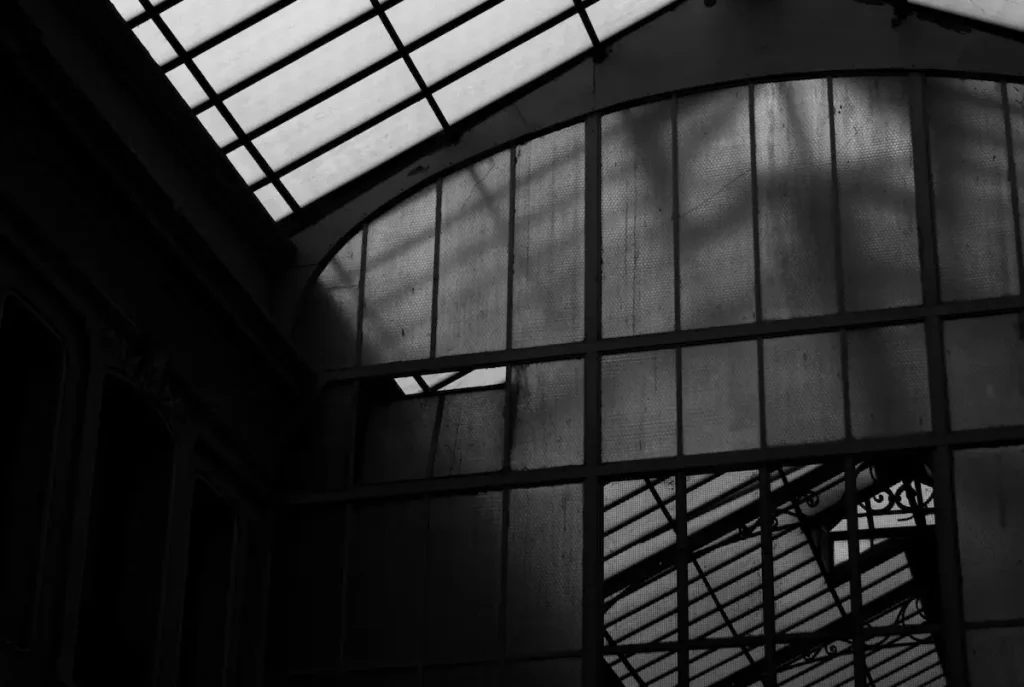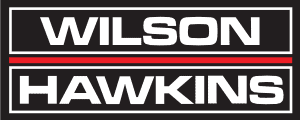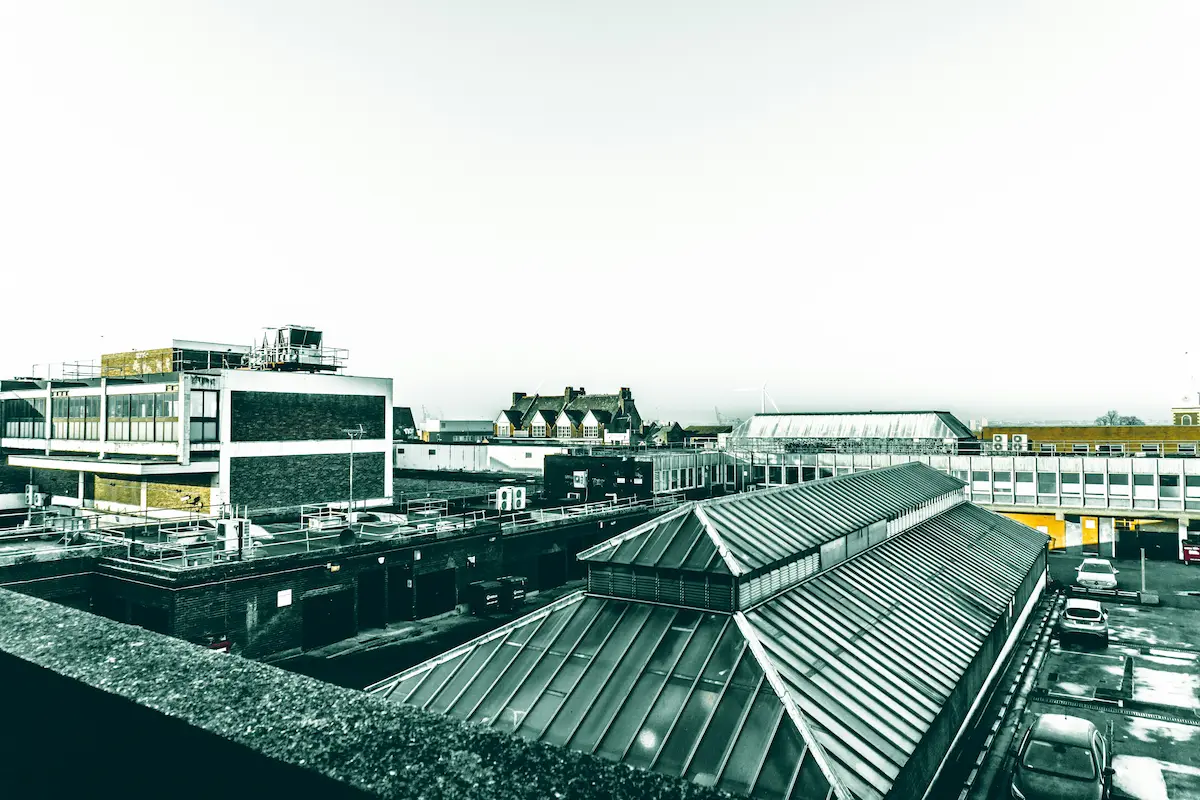Roofs are one of the most critical components of a building’s structure. In the UK, property management involves not only overseeing tenants and ensuring the property’s aesthetic appeal but also maintaining the property’s structural integrity, with roofs playing a vital role. The varied weather conditions in the UK—from heavy rains to wind, snow, and occasional heat waves—mean that roofs must be well-maintained to avoid costly repairs and maintain the value of the property. Below we explore the types of roofs commonly found in the UK, the potential issues property managers face, legal obligations, and best practices for roof maintenance in property management.
Types of Roofs in the UK
Pitched Roofs
Pitched roofs are the most common type in the UK. They are characterized by their sloping design, which allows for efficient drainage of rainwater and prevents water pooling, which is essential in a rainy climate like the UK. These roofs are often made from slate, clay tiles, or concrete tiles, each with its benefits and challenges. Slate, for instance, is highly durable and offers a traditional aesthetic but can be more expensive. Clay and concrete tiles are more affordable alternatives but may require more frequent maintenance.
Flat Roofs
Flat roofs are commonly found in commercial properties, modern homes, and extensions. While aesthetically sleek and space-efficient, they are more prone to water pooling, which can lead to leaks and damage. Flat roofs in the UK are typically constructed with materials like asphalt, rubber membranes (EPDM), or fiberglass. These materials need regular inspections as flat roofs are particularly vulnerable to the UK’s damp climate.
Green Roofs
As environmental awareness grows, green roofs—roofs covered with vegetation—are becoming more popular in the UK. Green roofs not only enhance the building’s insulation but also improve air quality and reduce rainwater runoff. However, they require specialized maintenance and irrigation systems, adding complexity to property management.
Metal Roofs
Metal roofing, though less common in residential properties, is popular in industrial and commercial buildings. These roofs, made from materials like steel or aluminium, are durable and weather-resistant but can be noisy during rain or hail, which might affect tenant satisfaction in residential settings.

Key Roofing Issues
Leaks and Water Damage
Water ingress is one of the most common issues property managers face in the UK due to the frequent rainfall. Poor roof drainage, damaged flashing, or missing tiles can cause leaks that not only damage the property’s interior but also pose health risks due to dampness and mould growth.
Thermal Efficiency
Roofs play a crucial role in the energy efficiency of a building. Poor insulation or damaged roofs can lead to higher energy bills for tenants, potentially affecting the desirability of the property. Property managers must ensure that roofs are properly insulated and that they meet the UK’s building regulations regarding thermal efficiency.
Structural Integrity
A sagging or weak roof can indicate underlying structural issues. Regular inspections can help detect early signs of wear, such as bowing rafters or cracks in the tiles, preventing costly repairs. In commercial properties, heavy equipment on roofs (such as HVAC systems) can also affect structural integrity, requiring additional monitoring.
Gutters and Drainage Systems
Roof maintenance isn’t limited to the surface of the roof itself. Blocked or damaged gutters can lead to water overflow, which may cause water to back up into the property or damage the building’s foundations. In the UK, autumn can be particularly challenging for gutter maintenance due to falling leaves.
Legal and Regulatory Considerations
Property managers have a legal duty to ensure that the properties they manage are safe and habitable. This includes maintaining the roof in good condition. Key legal requirements include:
- Health and Safety Act (1974): This legislation requires landlords and property managers to maintain a safe environment for tenants. A poorly maintained roof could lead to accidents, such as falling tiles, making the property manager liable.
- Building Regulations (Part L): These regulations require that buildings meet minimum standards for energy efficiency, including proper roof insulation. Failure to meet these standards can result in fines and penalties for property managers.
- Landlord and Tenant Act (1985): Property managers must ensure that the structural elements of a building, including the roof, are in good repair. Leaking roofs that are not promptly addressed can lead to legal action by tenants.
Best Practices for Roof Maintenance
Regular Inspections
Property managers should schedule bi-annual roof inspections—preferably in spring and autumn—to identify any issues before they escalate. These inspections should include checking for missing or damaged tiles, inspecting flashing, and ensuring gutters are clear of debris.
Prompt Repairs
When roof damage is identified, it should be addressed as soon as possible to avoid further complications. For example, a small leak can quickly lead to extensive water damage and structural problems if left untreated.
Preventative Measures
Installing appropriate gutter guards, ensuring proper roof ventilation, and trimming overhanging branches can all help prevent roof damage. Additionally, ensuring the roof is adequately insulated can improve the property’s energy efficiency, reducing costs for tenants and improving tenant satisfaction.
Contracting Professional Roofers
For property managers, it’s essential to have a trusted network of professional roofers who can provide timely and cost-effective repairs. Working with experienced contractors ensures that roof repairs are done to a high standard and in compliance with UK regulations.
Budgeting for Roof Maintenance
Property managers should include roof maintenance as a line item in their annual budget. While roof repairs can be costly, proactive budgeting can help prevent unexpected expenses and ensure funds are available for necessary maintenance.
Summary
To summarise, where weather conditions can be unpredictable and harsh, maintaining the roof is a critical aspect of property management. From ensuring the safety and comfort of tenants to complying with legal obligations and preserving the property’s value, roof maintenance should be a top priority for property managers. By understanding the different types of roofs, common issues, and implementing best practices, property managers can extend the lifespan of roofs and minimize costly repairs, ensuring the long-term sustainability of the properties they oversee.

